Tourist guide to Écija ‘La sartén de Andalucía’ (the Frying Pan of Andalucia), has been an important crossroads, halfway between Seville and Cordoba, since pre-Roman times.
By Nick Nutter | Updated 16 Mar 2022 | Seville | Villages |
Login to add to YOUR Favourites or Read Later
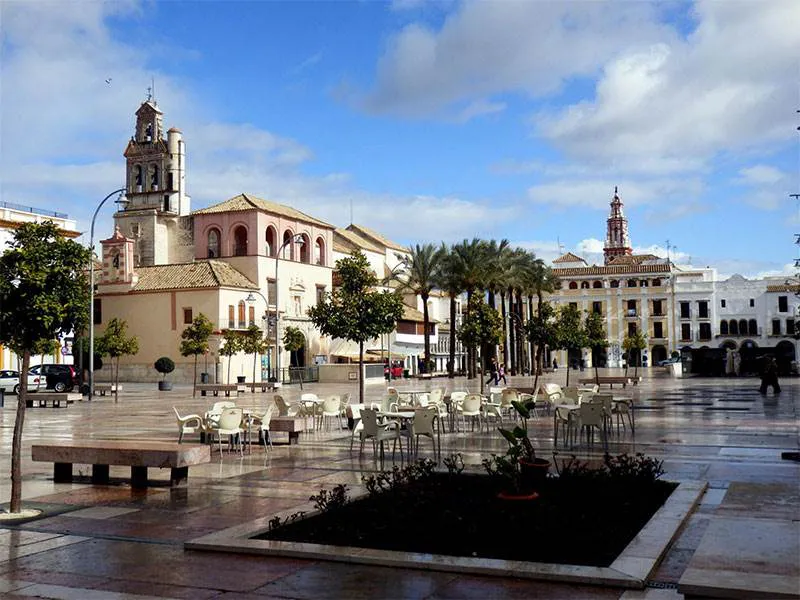
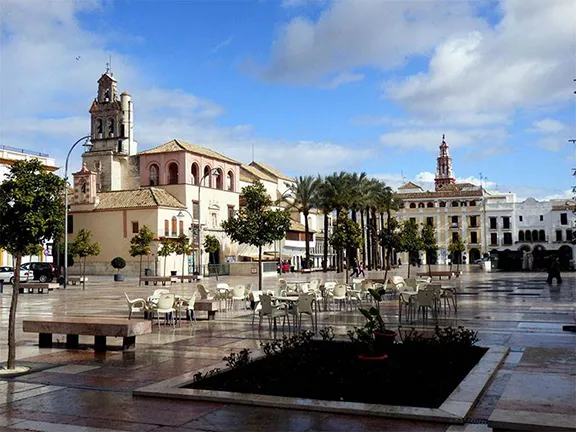
Plaza Espana
Écija is known as ‘La sartén de Andalucía’ (the Frying Pan of Andalucia), not for its gastronomic delights, rather for the high temperatures recorded there in the summer. The town is about 85 kilometres east of Seville, in the valley of the Rio Guadalquivir, on the Rio Genal, one of the main tributaries of the Guadalquivir. It is also on the main road route, and about halfway, between Seville and Cordoba.
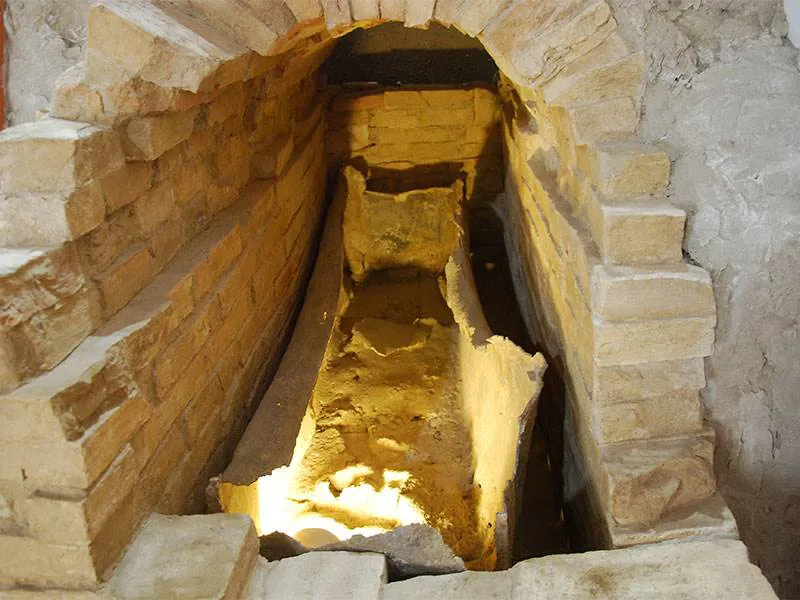
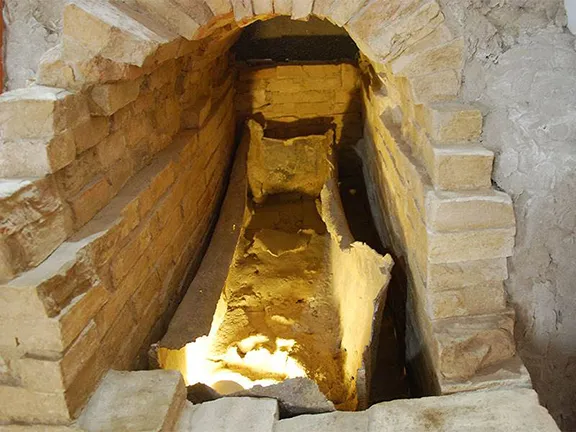
The fertile land surrounding Écija has been populated since the Neolithic. Iberian finds, displayed in the local museum, date back to the 8th century BC. It was the Romans that first had an impact on the fortunes of the town, at that time a settlement called Astigi. The people of the settlement decided to support Julius Caesar during his conflict with the Optimates at the Battle of Munda in 45 BC. Following the battle, Caesar fortified the town and gave it the status of Colonia. It became known as Colonia Julia Augusta Firma Astigitana. It grew to be, according to Pliny the Elder, a rival city to both Seville and Cordoba. Astigitana’s fortunes improved even further when Augustus ordered a paved road built through the town, one of the main arteries of the Via Augusta. The road, combined with its location on the Rio Genal, allowed products from the area, mainly olive oil during Roman times, to be exported throughout the Roman Empire.
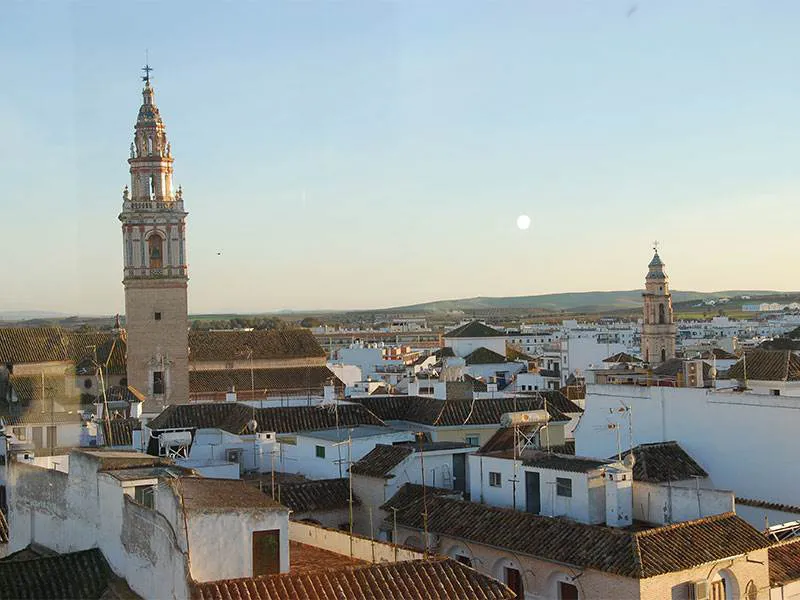
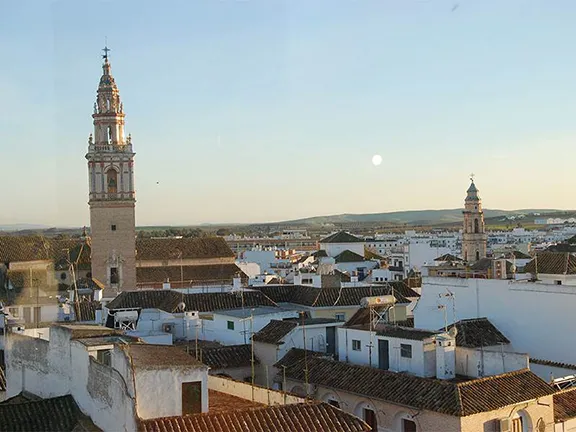
City of Towers
Astigitana was one of the largest and most complete Roman cities ever unearthed during excavations in the 20th century, rivalling those at Merida in Extremadura. In 1998 the mayor, Julian Alvarez Pernia, decided to bulldoze the remains to build a car park. Even so, remnants of Astigitana’s glory continue to emerge. In 2002, during work in Plaza Espana, workers found a Roman replica of a statue of a Wounded Amazon. The ‘Wounded Amazon of Écija’ is the best-preserved Sciarra type Amazon statue known. It is displayed in the local museum.
The Romans left, to be replaced by Suevs and Visigoths who, in turn, were replaced in 711 by the Moors. They renamed the town Istija, from which the modern name derives. The Moors considered Istija to be as important to the economy, based on agriculture, cereals, olives and vegetables, the rearing of cows and the textile industry, as had the Romans.
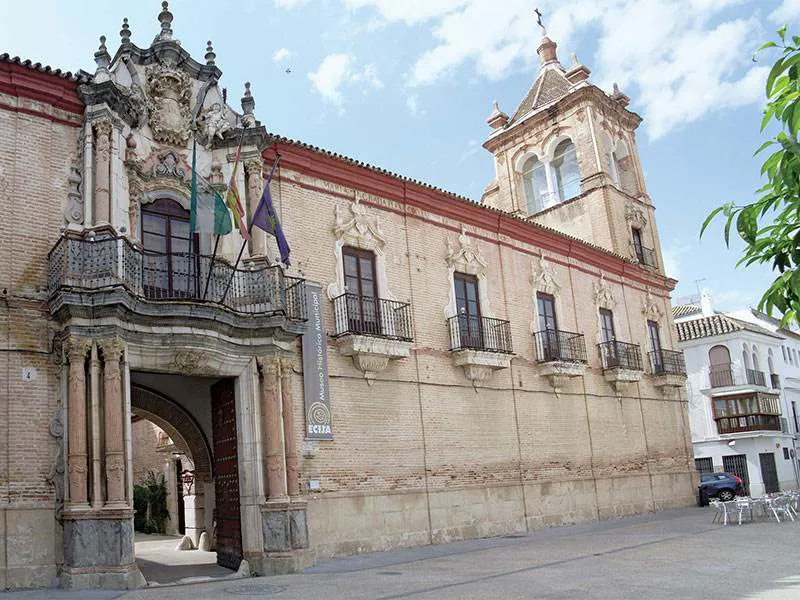
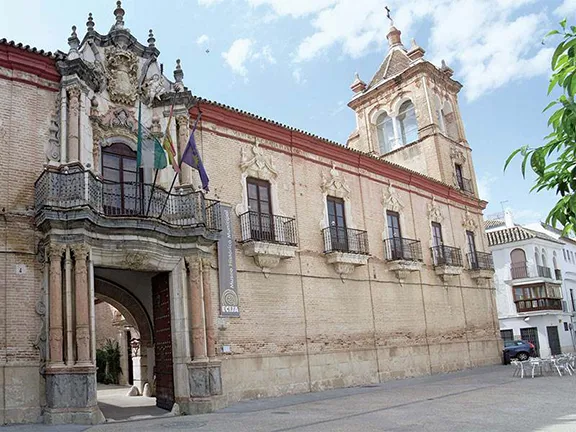
Benameji Palace
Reconquered by the Christians under Fernando III in 1240, Écija continued to prosper by trading with both the Moors in the Nasrid Kingdom of Granada on one side of the ‘frontier’ and the Christian towns on the other.
During the 17th century, Écija added another string to its economic bow, breeding Spanish – Anglo – Arab and Hispano – Arabian, horses, an industry that continues to this day.
Écija’s continuous economic success is reflected in its churches, convents and palaces. In total there are over twenty churches and convents built in different styles. You will see towers in Gothic, Mudejar, Renaissance and Baroque styles punctuating the skyline. It was once known as the ‘City of Towers’.
The oldest church in Écija is Parroquia de Nuestra Señora Santa Maria de la Ascunción. The original church was completed soon after the reconquest in 1262. It was renovated throughout the 16th and 17th centuries before being demolished in 1758 and resurrected in a newer style.
Iglesia de San Fransisco was consecrated in 1473. Until the mid 20th century it was run by monks and friars of the Convent of San Antonio de Padua. This church is in Plaza de Espana.
Iglesia de Santa Barbara, also in Plaza España, is a Neoclassic construction, built on the site of a former Mosque between 1790 and 1855.
Between the 16th and 18th centuries, several palaces were built. The easiest to appreciate is the Palacio de Benamaji, now the Municipal Museum. The museum occupies the rooms surrounding the courtyard of the magnificent Baroque palace. It contains some of the artefacts found in the town, including the ‘Wounded Amazon’.
The town cannot be described as pretty; however, it does have a certain charm due to its magnificent architecture. It also has many restaurants tucked away in the old part of town. Look out for Restaurante Las Ninfas, behind the museum but housed within the same Palacio.
For less formal eating, then try Plaza España. The central area is given over to seating and chairs attended by waiters and waitresses from the restaurants and cafes that surround the square. In summer, as the sun moves across the sky, the busiest places are in the shade cast by the tall churches and palaces. In winter the reverse applies as diners vie to establish themselves in the sun.
At one end of the square is the last remaining fragment of the Roman town. Covered over and viewed through a glass panel is a section of the road through town the Romans would have called the decumanus maximus.